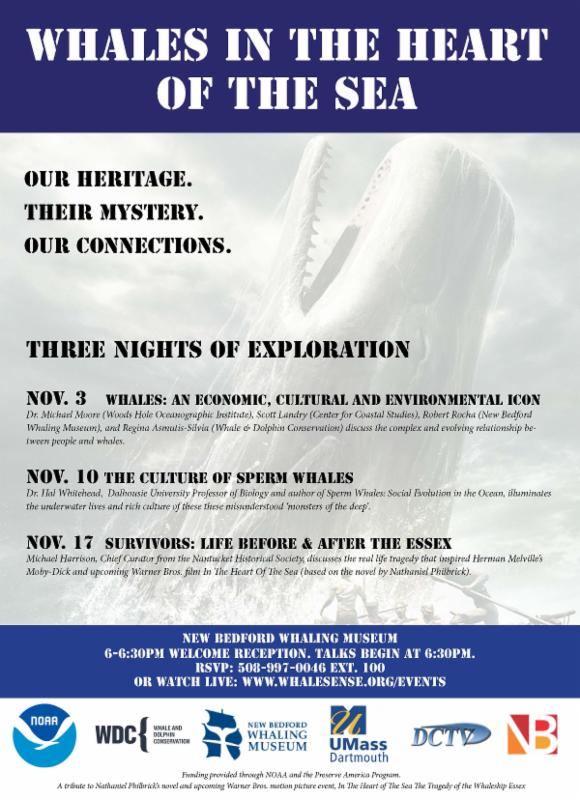October 29, 2015 — The following was released by the New England Fishery Management Council:
The Gulf of Maine, located off northern New England and Canada, has hosted important commercial and recreational marine fisheries for centuries. In addition to existing threats from land-based pollution, marine discharges, energy development, and disturbances to habitat, a more recent problem, temperature rise, has emerged. The just-published paper in Science —Slow Adaptation in the Face of Rapid Warming Leads to the Collapse of Atlantic Cod in the Gulf of Maine — adds to the increasing body of work on this topic.
As an organization responsible for the management of fisheries in federal waters that encompass the Gulf of Maine, the New England Fishery Management Council (Council), along with partners, NOAA Fisheries and the New England states, offers comments on this paper.
- Most importantly, climate change is a very real issue that affects fisheries in ways we are just beginning to understand and is one the Council and others must confront.
- This particular paper presents interesting research, but as is generally the case, it is rare that any one scientific study provides “The Answer.” This one will almost certainly generate more discussion and further consideration of how fisheries management bodies might respond.
- NOAA’s Northeast Fisheries Science Center is actively investigating climate change that could help develop possible responses. The Science paper will likely become part of the larger discussion on how to adapt and respond to climate change. During that process, it will be the subject of careful review, including testing of its assumptions and conclusions. Should they stand up to this scrutiny, the work may influence future quota-setting
- Work is underway by the Council to look more broadly at fisheries through ecosystem-based fisheries management; those efforts may illuminate the way in which we consider this pressing threat to the productivity of fisheries in the Gulf of Maine and elsewhere.
- More critically, the Science paper appears to presume that the Council should have anticipated the unusual temperature rise in 2012, without any explanation of how that could have been done. The current quota for Gulf of Maine cod is the lowest on record, and will almost certainly remain so in the foreseeable future. The goal at this time is to allow sustainable levels of fishing on healthy stocks, such as haddock, redfish, and pollock to continue, while creating the opportunity for cod to recover.
After reviewing the paper, Council Executive Director Tom Nies summarized his reaction to the challenges raised in the Science paper. “Fishery managers will need to adapt to the host of significant changes caused by the rapid rise in water temperatures in the Gulf of Maine; specifically, the New England Council will continue its close partnership with the scientific community in order to mount an effective response to this circumstance.”
View a PDF of the release here


